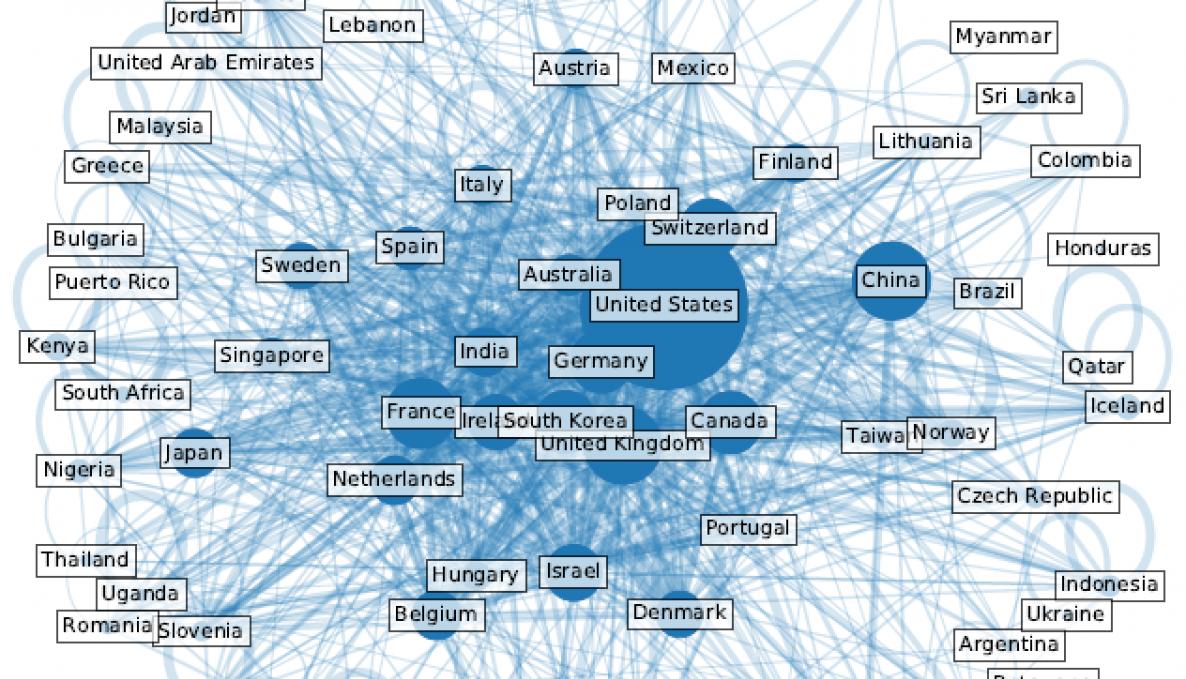Venture capital investments through the lens of network and functional data analysis

Applied Network Science (https://appliednetsci.springeropen.com/) published the results of a study (https://appliednetsci.springeropen.com/articles/10.1007/s41109-022-00482-y) involving Italian students and researchers working and studying at the Sant’Anna School of Advanced Studies (https://www.santannapisa.it/it), the University of Pisa (https://www.unipi.it/), Bocconi University (https://www.unibocconi.it/wps/wcm/connect/Bocconi/SitoPubblico_IT/Albero+di+navigazione/Home/), the Pennsylvania State University (https://www.psu.edu/), Cambridge University (https://www.cam.ac.uk/), and the Italian National Research Council (https://www.cnr.it).
Exploiting tools from network science and from functional data analysis -- a branch of statistics that studies data in the form of curves or surfaces over continuous domains -- the study identified some factors which may play an important role in shaping the success of venture capital-backed firms.
The authors used international data from CB Insights (https://www.cbinsights.com/), focusing on the healthcare sector, whose dynamics has become yet more relevant in recent years due to the pandemic outbreak. They found that the ability of firms to attract investments is associated with the quality and the nature of their connections with large investors and with other firms.
The group comprises Masters students Christian Esposito (https://www.linkedin.com/in/espositochristian/), Marco Gortan (https://www.linkedin.com/in/marco-gortan/), and Lorenzo Testa (https://testalorenzo.github.io/) who worked closesly with faculty Francesca Chiaromonte (https://www.santannapisa.it/it/francesca-chiaromonte), Giorgio Fagiolo (https://sites.google.com/view/giorgiofagiolo/home), Andrea Mina (https://www.santannapisa.it/it/andrea-mina), and Giulio Rossetti (http://www.giuliorossetti.net/about/) -- who are experts in the fields of network science, economics and statistics. The work represents a virtuous example of synergy flourishing between students and faculty with different areas of expertise; exactly the type of interaction which is at the core of EMbeDS’ mission.



